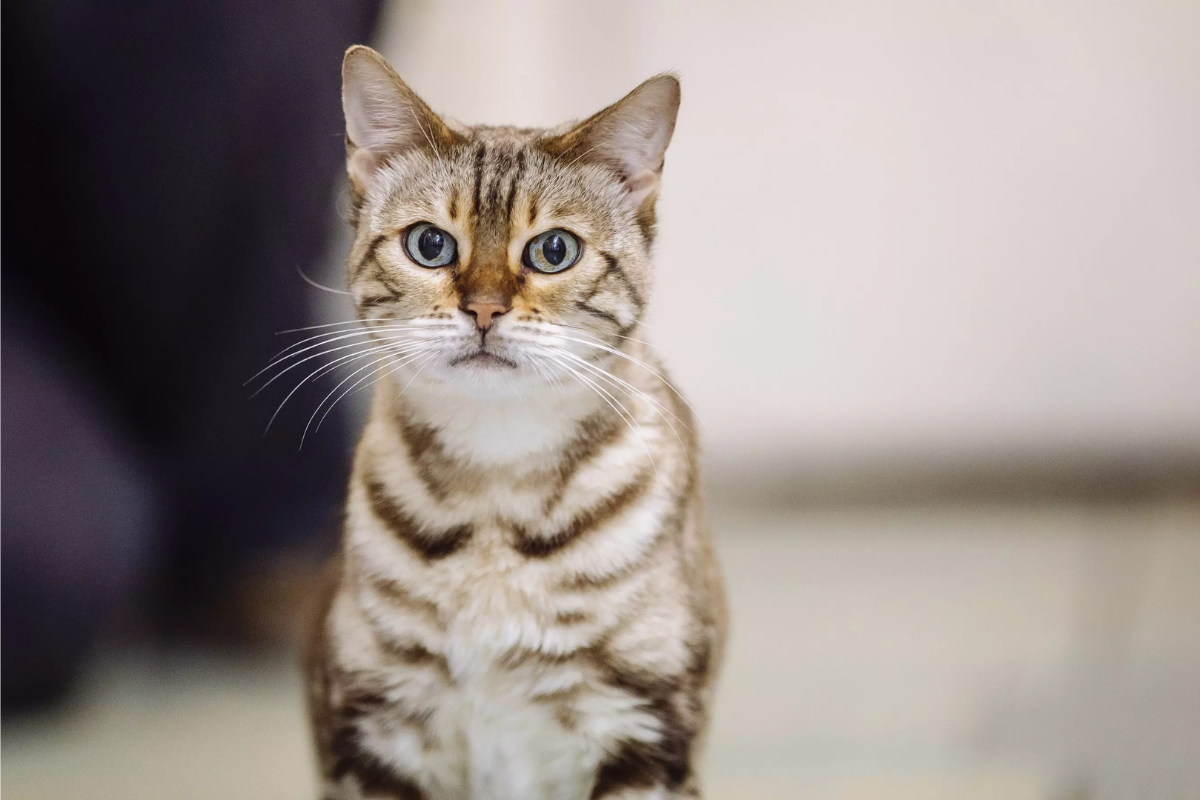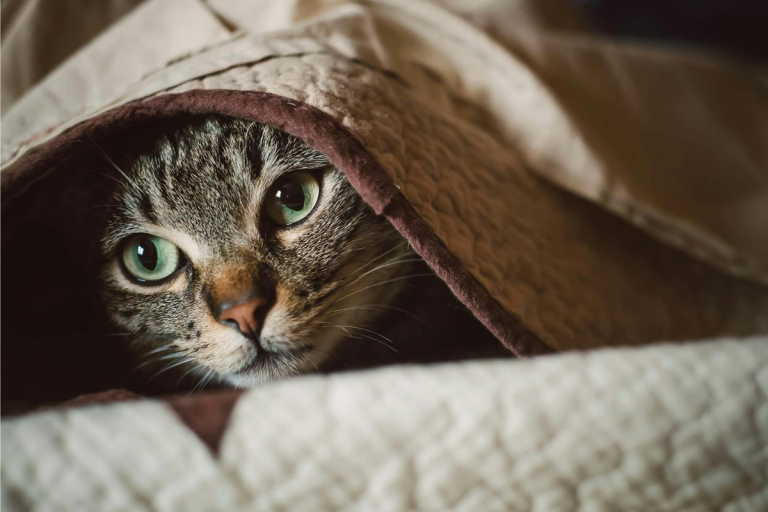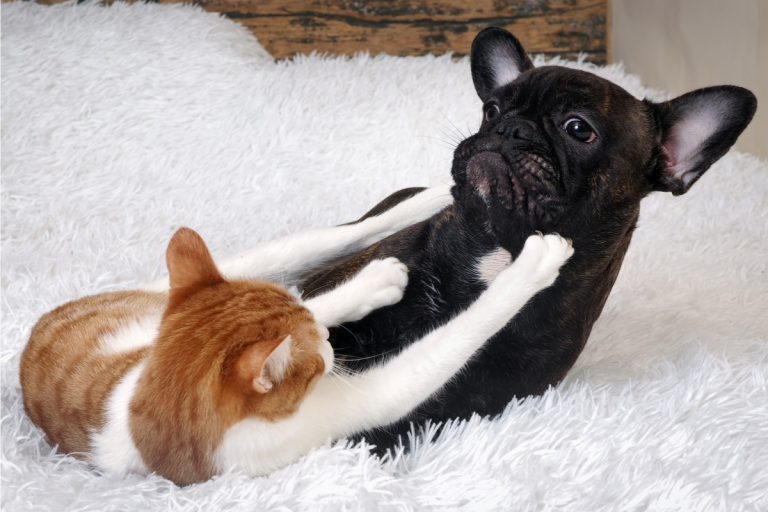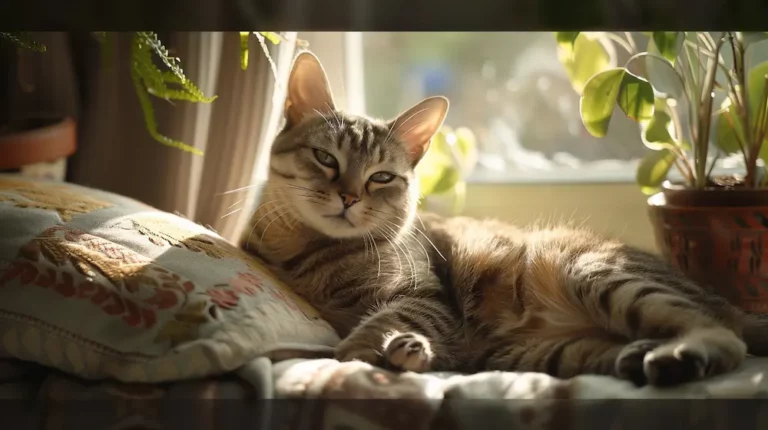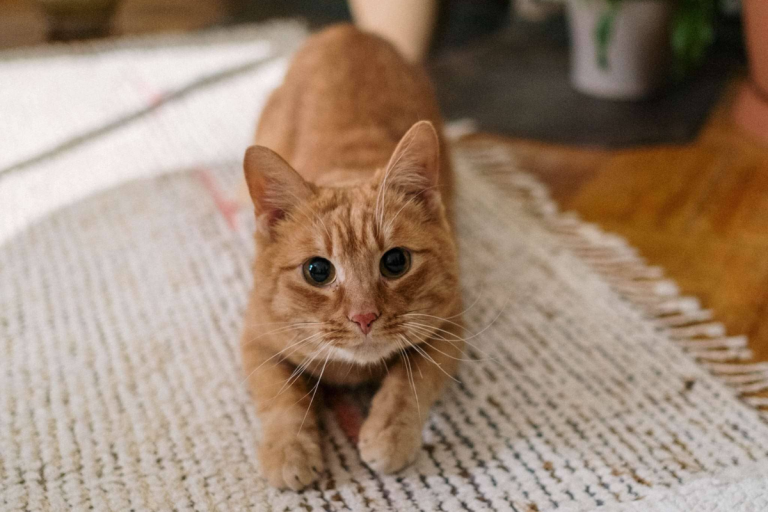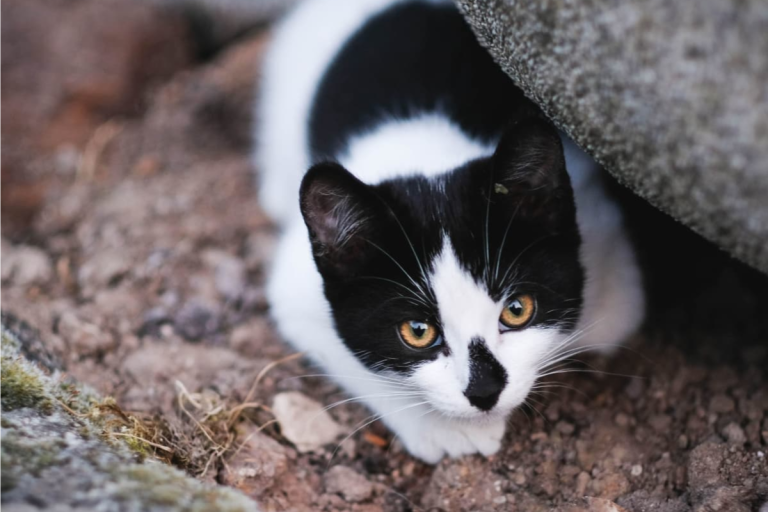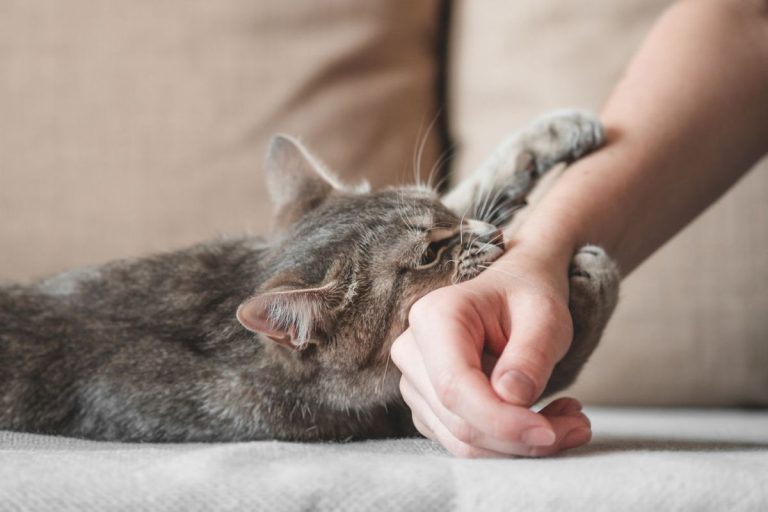Why Some Cats Aren’t Naturally Friendly?
When you think of a pet
This isn’t necessarily a reflection of poor training or bad experiences—there are many reasons why some cats aren’t naturally friendly. Let’s dive into understanding why your feline friend might prefer their own space and how you can help create a more comfortable relationship with them.
Natural Feline Temperament
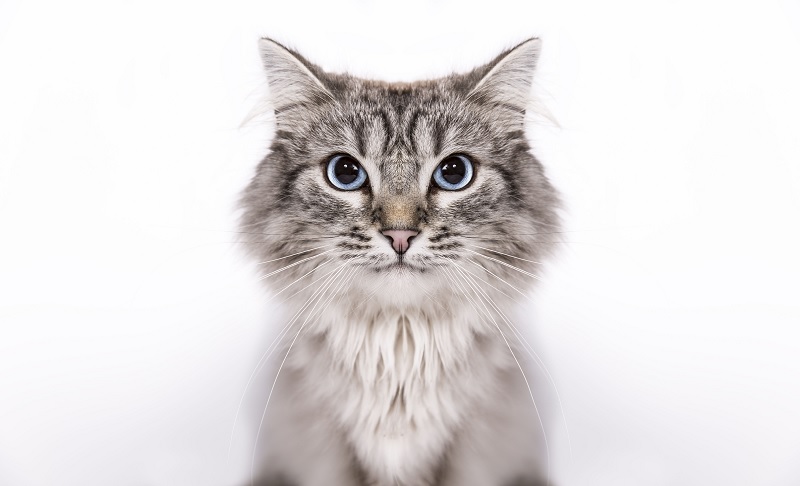
Independent Nature of Cats
Unlike dogs, who have been bred over centuries to work alongside humans, cats maintain a more independent streak. Historically, cats have been solitary hunters, relying on stealth and agility to catch their prey.
This survival instinct shapes their behavior, making them more self-reliant and less dependent on humans for emotional connection.
Cats’ Evolutionary History as Solitary Hunters
Cats are descendants of wild ancestors who thrived on their own, not in packs or communities. As a result, modern cats carry that sense of independence. Their ancestors were solitary hunters who didn’t need the social structure that many pack animals rely on. This deep-rooted instinct explains why some cats prefer minimal interaction, even if they’re well-loved in a home setting.
How Genetics Play a Role in Feline Behavior
Just as some humans are naturally more introverted, some cats are born with genes that predispose them to be less sociable. A
Genetics set the foundation for a
Environmental Factors That Shape a Cat ’s Friendliness
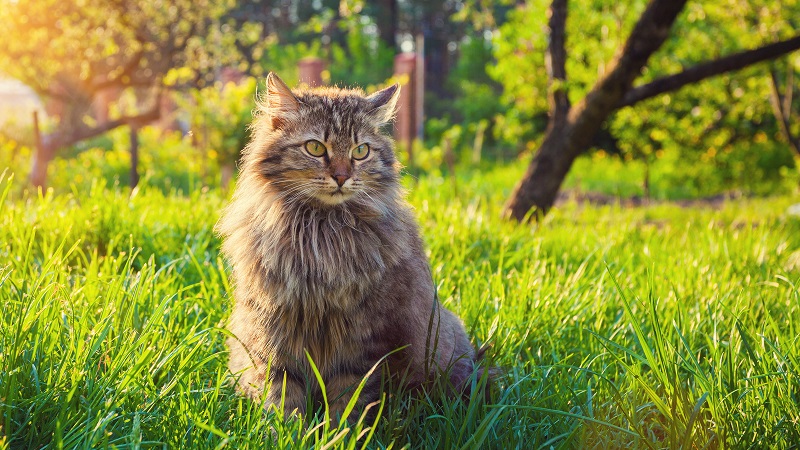
Early Socialization and Its Impact
Kittens, like human babies, are highly impressionable during their early weeks of life. If they don’t receive enough positive human interaction between two and seven weeks of age, they might grow up to be more skittish or less friendly. Cats that experience limited socialization with humans during this critical period are more likely to develop a sense of wariness around people.
Stressful Environments or Past Trauma
A
How Inconsistent Human Interaction Affects Behavior
Inconsistency in how humans interact with a
Personality Differences in Cats
Breed-Specific Traits and Temperament
Certain
Why Some Cats Are More Introverted
Just like humans, cats have individual personalities. Some may simply prefer solitude and aren’t interested in being the center of attention. These introverted cats enjoy their own space and may not seek out affection from their owners, which can be mistaken for unfriendliness. Understanding that a
The Influence of Individual Experiences
Every
Recognizing a Cat ’s Boundaries
Reading Feline Body Language
Cats communicate primarily through their body language. Ears back, a swishing tail, or dilated pupils are signs that your
Understanding When to Give Cats Space
Pushing a
How to Approach Unfriendly Cats with Care
When dealing with an unfriendly
How to Encourage Friendliness in Cats
Tips for Building Trust with a Standoffish Cat
Building trust with a
The Importance of Positive Reinforcement
Cats respond well to positive reinforcement. When your
Creating a Comfortable Environment for Socialization
A stressed
FAQs
1. Why do some cats dislike being touched?
Some cats are sensitive to touch due to past experiences or simply because they don’t enjoy physical contact. Understanding your
2. Can an unfriendly
Yes, with patience and positive reinforcement, even a standoffish
3. How do I know if my
If your
4. Are certain
Yes, some breeds are known for being more sociable, such as Ragdolls and Maine Coons, while others, like the Siamese, may display more independence.
5. How do I help a shy
Start by creating a safe, comfortable environment and rewarding any positive interactions with treats and praise. Patience and consistency are key.
Conclusion
Not all cats are naturally friendly, and that’s perfectly okay. Cats, like humans, have individual personalities shaped by their genetics, early experiences, and environment. Some may never become lap cats, but with patience, understanding, and positive reinforcement, you can foster a relationship built on trust and mutual respect.
It’s important to recognize that each
